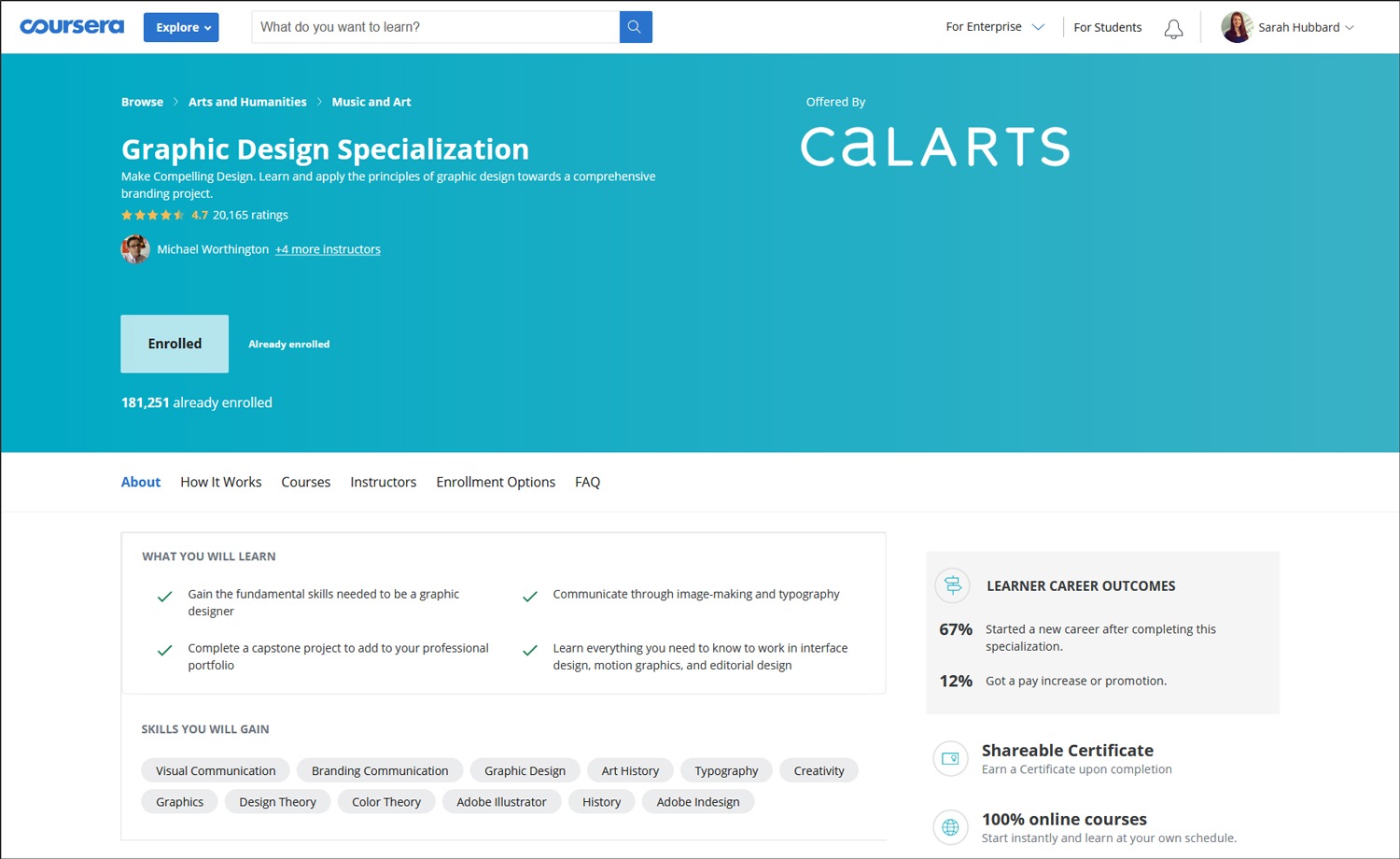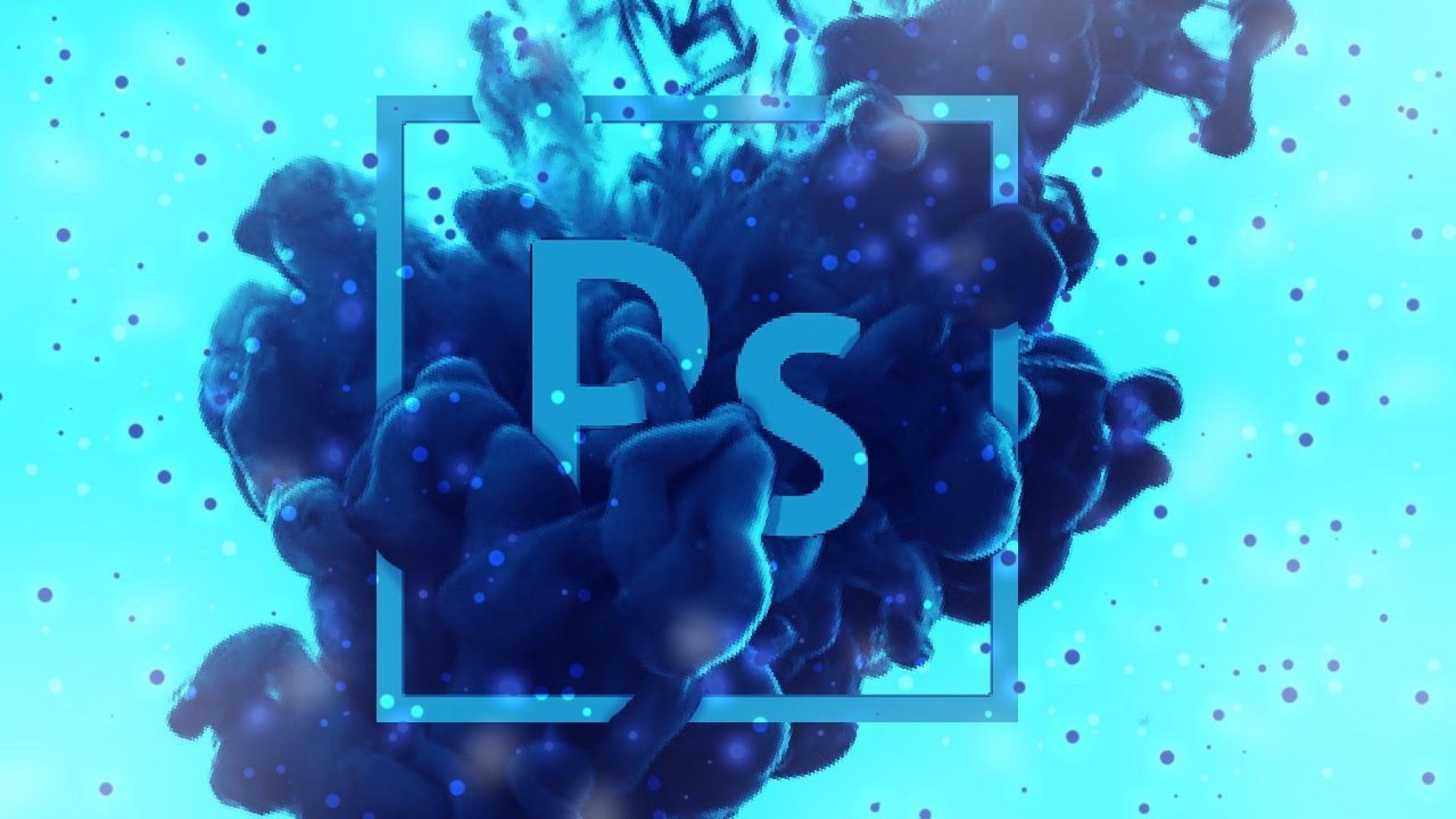Table Of Content

Design management also offers various career opportunities, advancements, and a competitive salary. Now while Coursera offers a 7-day free trial, they do offer their courses on a subscription plan of $49 a month. Below are our choices for the 9 Best Courses on Coursera for Creatives. This beginner-level course by Sean Berg is aimed at helping you understand the fundamentals of good graphic design. He doesn’t appear on screen, so it’s essentially a series of audio lectures accompanied by text-based slides. To take this course you’ll need basic drawing skills, basic digital tool skills such as Adobe Illustrator or Adobe Photoshop, as well as an understanding of fundamental design theory.
Udemy courses
A fast track and instructor-led approach ensures learners receive the right guidance to gain proficiency. All courses are developed by CalArts faculty and are non-credit offerings. Options for auditing courses, fee-based certificates or premium membership are available where noted—please refer to the individual platforms for information on registration and payment.

A Sincere Review of Graphic Design Specialization by CalArts on Coursera
At the end of the course, students will be able to improve the designs of mobile products and services through the elimination of different kinds of problems with interaction. This along with being able to design user interfaces for adding new features or even redesigning an app to work in a new and better way. With people focusing on self-improvement more than ever these days, we wanted to shine a light on The 9 Best Courses on Coursera for Creatives to give you some choices should you be looking to start down a new path in 2020. This course from Rawson Uddin explains how to identify the components and design techniques behind the most successful logos and how to create your own. In this course, Lindsay Marsh takes you through the process of designing a logo in Adobe Illustrator from initial idea to finished files.
Music Theory
Your experience helps you develop a strong understanding of the industry. This specialization covers the fundamentals of image-making, typography, and basic concepts of shape, color, and composition. For example, I understood typography a lot better by immersing myself in the history of each type. I also got to learn essential elements of graphic design and try to practice and apply them. To complete the assignments in most of the courses in this Specialization you will need access to a computer.
It involved creating a bunch of basic shapes, then combining them with other shapes, them combining them again. This assignment involved making three different Monogram variations from our initials, then creating some fake business card designs using it. This task basically involved recreating my current logo, which is something I’ve wanted to do for awhile anyway.
If you are interested in learning more about the syllabus, check this link to Coursera. As long as you’ve been following along with the lessons about shape and colour, you’ll do fine. So these monograms are what I ended up creating, using the fonts Avayx, Kielo, and Playfair Display, with very minimal typeface editing. The third one is the most like my current logo, though I would still like to refine it beyond this before I switch up my logo entirely. For clarification, a typeface is one style within a type family, such as Times Bold or Times Italic, but a font refers to both the typeface and the size of type. For example, 72 pt Times New Roman is a different font than 36 pt Times New Roman.
For our list though, we narrowed it down to the top 9 courses to help you further your career. Creative Bloq is part of Future plc, an international media group and leading digital publisher. This course from Cornish College of the Arts, Seattle, helps you to explore the translation, production and distribution of your visual ideas through a series of projects. Taught by Junichi Tsuneoka, its aim is to help you discover new possibilities for your illustration abilities in the market.
Week 3 – Shape & Color
CalArts has earned an international reputation as the leading college of the visual and performing arts in the United States. Learn and apply the principles of graphic design towards a comprehensive branding project. Going forward, I will be reluctant to take any more Coursera courses due to the peer grading system. It sounds like a great idea in theory, but the lack of actual professional designers reviewing your work means most of the feedback is bad.
What this specialization is not for
Graphic designers find work by having a great portfolio and by knowing how to tackle a visual problem. Even project submission URLs can be shared with friends who are also taking the course to get full marks on a sub-par or incomplete project. I even ran across projects where people had submitted empty assignments, asking people not to grade them. This was likely so they could then grab someone else’s work quickly and pass it off as their own since Coursera allows you to go back and resubmit a project as long as it’s done before the due date. The eight key courses included are Photoshop Intro, Photoshop Advanced, Acrobat, Illustrator Intro, Illustrator Advanced, InDesign Intro, InDesign Advanced, and InDesign Tablet Publishing.
There were a lot of constraints on this assignment so it was impossible to get really creative. Based off the peer-reviews I did, everyone seemed to come up with almost identical compositions. Our work will be judged by others, and, as good designers, we will learn to take that judgement constructively and in stride.
The 10 best free graphic design courses online - Creative Bloq
The 10 best free graphic design courses online.
Posted: Fri, 27 Oct 2017 07:00:00 GMT [source]
The lessons in week three explore some core design principles like shape, contrast, marks, icons, symbols, contrast, and colour. The influence of the Bauhaus is briefly discussed as well; talking about how many of our principles of design and how we understand shapes and colours originate from the Bauhaus school. The instructor then discusses the different types of visual contrast in shape, scale, space, depth, movement, colour, and line versus volume. This essentially means making a lot of variations of the same thing, then tweaking each new version slightly to test your design. Learners need some familiarity and access to presentation software like Microsoft PowerPoint, Google Slides, and Apple Keynote. Although it is not required, design students may also use programs like Adobe Photoshop, Illustrator, or InDesign.
We'll use the palette items covered in week 2, and deploy common visual design “tricks” such as contrast, repetition, sublimation, tension, and more. To help see both the effect and the universality of these design approaches, we'll look at design examples from art history, film, and current media. We'll see that providing an obvious target, maintaining a natural visual flow, and prioritizing information are all critical to clear visual communication. In select learning programs, you can apply for financial aid or a scholarship if you can’t afford the enrollment fee. If fin aid or scholarship is available for your learning program selection, you’ll find a link to apply on the description page. This course is completely online, so there’s no need to show up to a classroom in person.
A course is considered completed once you achieve a result of at least 80% of all course assessments. Consisting of 45 videos in total, this course covers skills like creating a logo, creating package design, stationery design, ad design, and T-shirt design. You will acquire great masking skills, learn how to make interactive type, how to retouch photographs, how to distort, transform and manipulate images, how to create amazing graphics from scratch, and many more skills. The video courses are focused on practical learning and are organized into chapters. You can gain access to all video courses by subscribing for $ 16.50/month.










